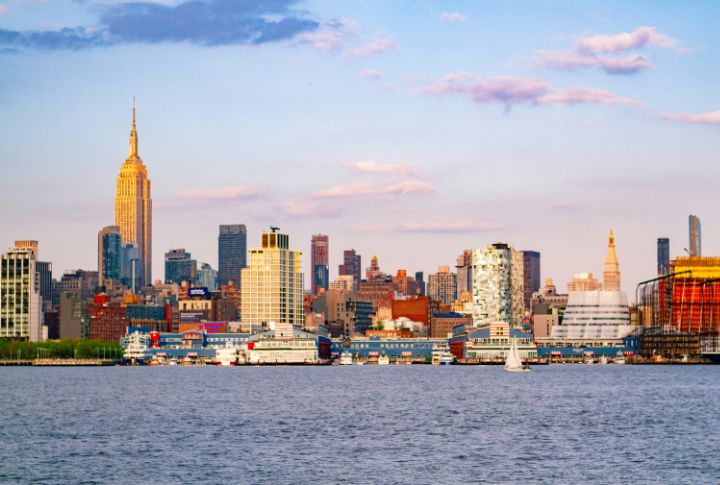
Across the country, critical systems are showing their age. States are working to repair damage and modernize outdated structures, but efforts often fall short. Funding gaps, harsh weather, and decades of neglect continue to slow progress. The following states highlight just how uneven the path to improvement remains.
Mississippi
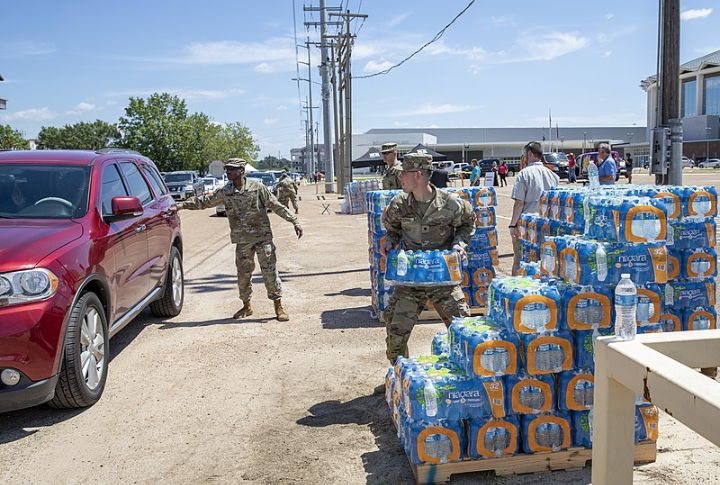
Mississippi maintains a C- infrastructure grade, with the 2022 Jackson water crisis leaving 150,000 residents without safe water access. While four categories improved (bridges, dams, rail, and solid waste), drinking water and wastewater systems deteriorated. Over the next two decades, the state will require $2.1 billion to provide safe drinking water.
West Virginia
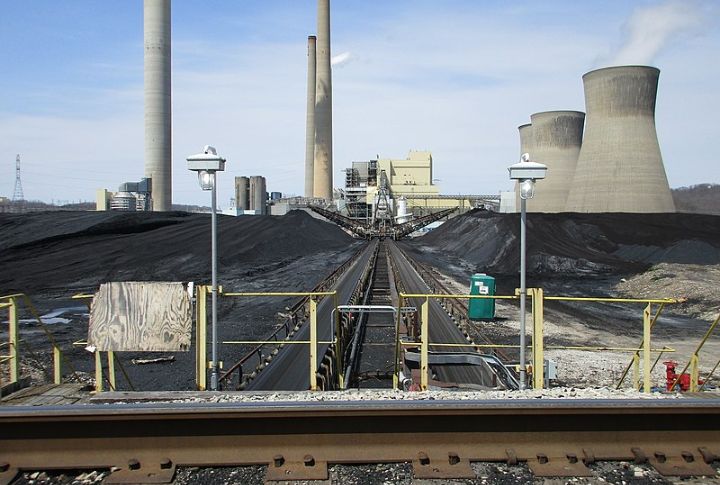
West Virginia’s power grid is among the nation’s least reliable, with frequent, drawn-out outages. Rugged terrain and scattered communities make improvements difficult. A recent workshop brought state and federal experts together to find solutions for both aging infrastructure and cybersecurity risks. Residents now wait, hoping meaningful change is on the way.
Louisiana
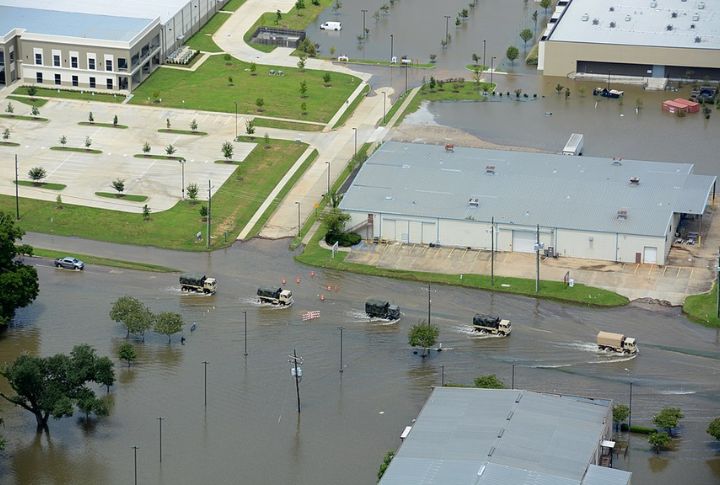
Managing $1.2 billion in federal flood mitigation funding, Louisiana’s Watershed Initiative coordinates eight regional watersheds to lower flood risks through science-based strategies. However, Louisiana still needs billions to facilitate water infrastructure over the next 20 years. Hurricane Ida in 2021 exposed major drainage system failures across several parishes.
Michigan

Michigan earned a C for overall infrastructure. A $41.42 billion improvement plan is underway, but the impact isn’t immediate. Potholes reappear quickly after repairs, some towns continue to rely on lead pipes, and outdated grids strain under weather shifts. Longstanding neglect continues to affect daily life despite the boost in funding.
Rhode Island
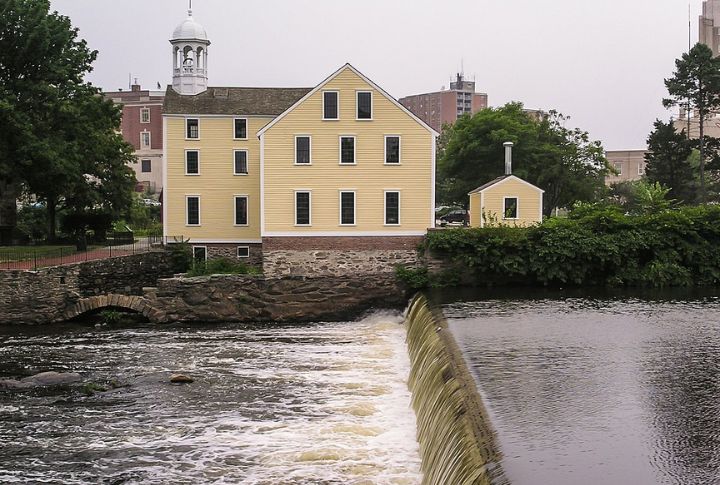
Nearly a quarter of Rhode Island’s bridges rank as structurally deficient. That’s the highest percentage in the country. Rhode Island is also in need of new drinking water infrastructure. Add 96 high-hazard dams requiring attention, and the need for investment becomes hard to ignore.
New Jersey
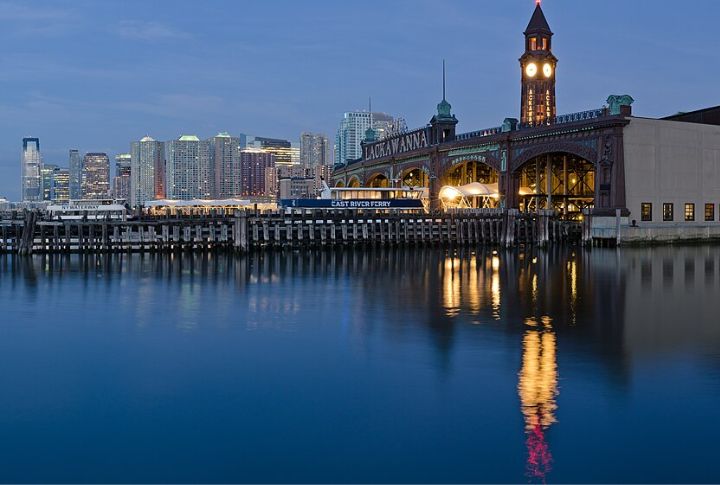
New Jersey struggles with aging transit lines, outdated bridges, and water system problems. In 2024, officials allocated $503 million to emergency infrastructure repairs, including upgrades at Hoboken Terminal. While that’s a step forward, it only scratches the surface—many parts of the state fail to meet essential infrastructure standards.
Pennsylvania
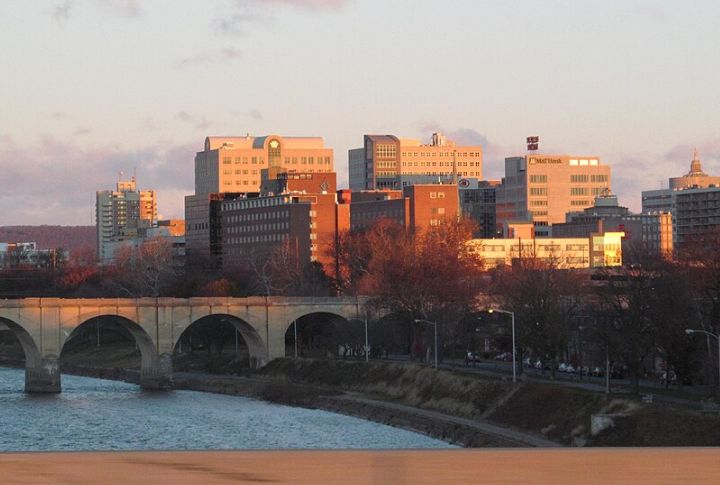
Maintaining a C-infrastructure grade, Pennsylvania has the third-most structurally deficient bridges in the country. Out of 22,911 bridges, nearly 13% are in bad shape, way above the 7.3% national average. Water is another problem, and 200+ towns still use 100-year-old sewer systems
Alaska
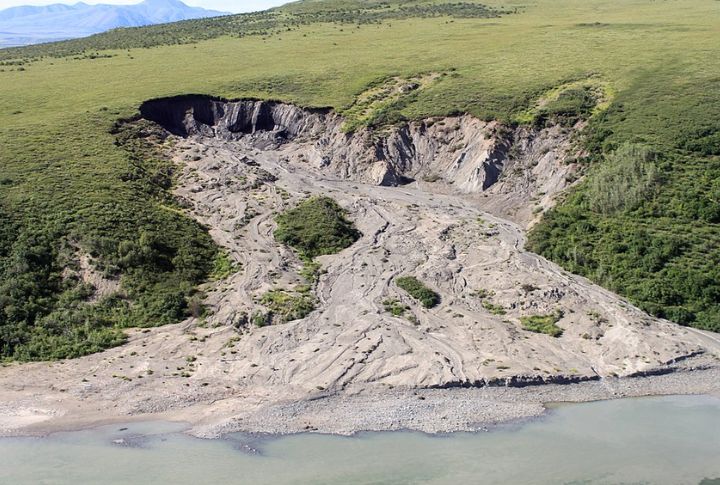
Alaska’s warming fast—four times the global average. Permafrost thaw and erosion threaten $5.5 billion in infrastructure damage. The state flagged 144 communities at risk; 12 already needing full relocation, and each costing up to $200 million. Nearly 40-65% of coastal systems could face major damage by 2100.
Illinois
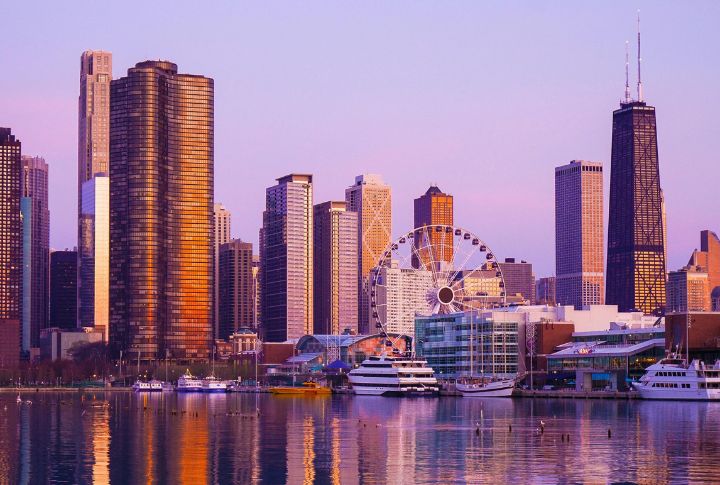
Despite a $45 billion Rebuild Illinois program, the state’s infrastructure struggles continue. Around 12% of bridges and 19% of roads remain in poor condition. Even with $33.2 billion allocated for transportation, Illinois still falls short by $4.5 billion annually to properly maintain its roads, bridges, and transit systems.
New Mexico
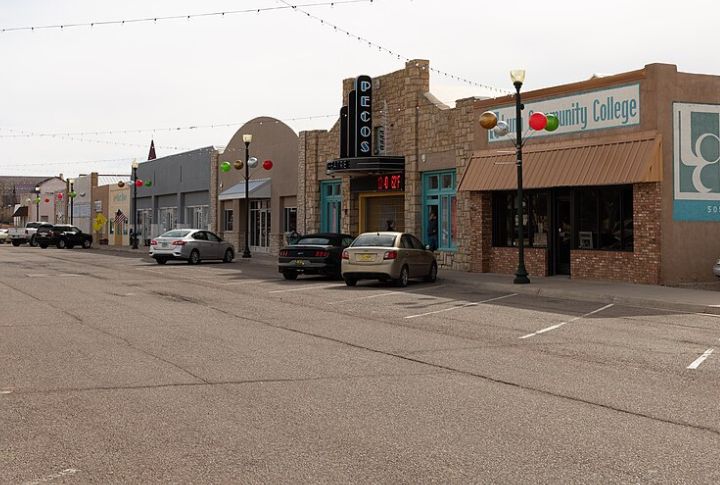
Over half of New Mexico’s roads are in poor or fair condition. Residents pay the price, and an average of $1,036 is lost each year from road-related crashes. The state also deals with broadband gaps and outdated water systems. Federal aid is coming, but improvements take time.
